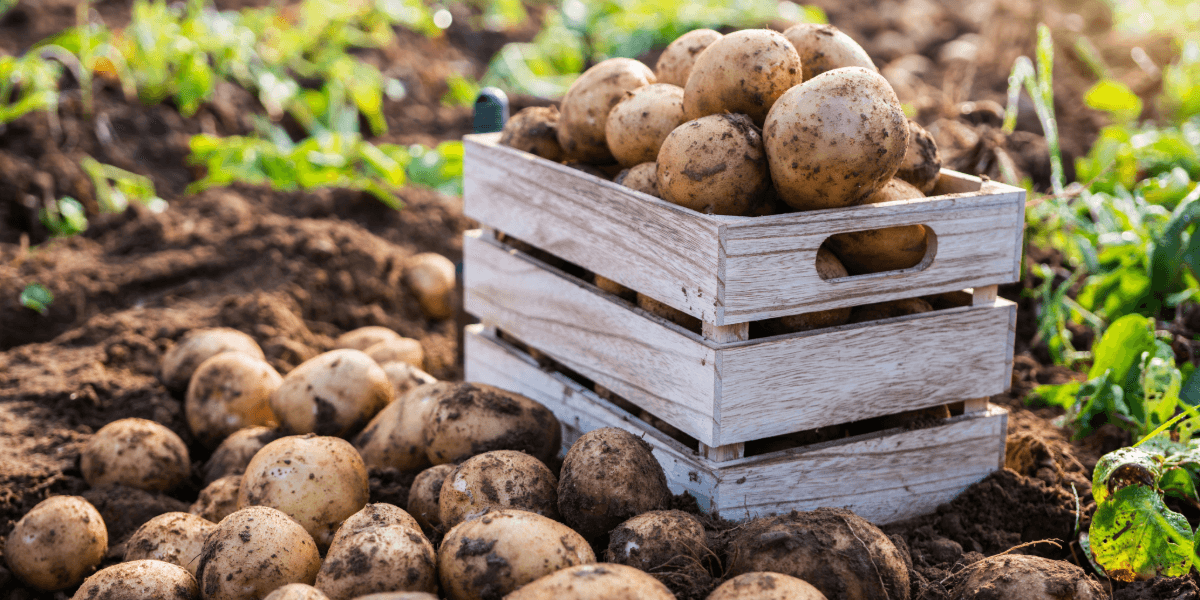Foodservice Inflation Trends Toward Stability Amid Broader Economic Optimism
Posted by Emily on 22nd May 2024 Reading Time:
The latest figures from the Foodservice Price Index reveal that inflation in the sector is 'returning towards more normal levels,' showcasing a significant year-on-year drop of 2.5%. This data, presented in the April 2024 report by Prestige Purchasing and CGA, indicates a gradual shift towards pricing stability, which is a welcome change for the industry. James Ashurst, client director at CGA by NIQ, emphasised the positive impact of these developments, stating, "Business across the food service sector will be hugely relieved to see some stability in pricing after many months of very high inflation. It should boost business confidence and hopefully feed through to increased consumer spending in due course."

The report uncovers a complex landscape with varying inflation rates across different categories. Notably, vegetables experienced the highest month-on-month inflation rate at 1.4% due to extreme weather conditions in the UK and Europe, which significantly affected crop yields and availability. This highlights the vulnerability of the foodservice sector to external factors, as Shaun Allen, CEO of Prestige Purchasing, reflects, "The April Foodservice Price Index report paints a picture of cautious optimism for the industry. While some categories are still experiencing price fluctuations, the general trend towards lower inflation rates is a positive sign for the sector's recovery."
Simultaneously, the UK's national inflation has fallen to 2.3%, the lowest in nearly three years, signalling a broader economic recovery. Prime Minister Rishi Sunak hailed this as a significant achievement: "Today marks a major moment for the economy, with inflation back to normal. Brighter days are ahead, but only if we stick to the plan to improve economic security and opportunity for everyone."
BBC Economics Editor Faisal Islam also commented on the implications of these developments. He pointed out that the recent drop in the headline inflation rate was mainly influenced by the sharp decrease in the energy price cap in April, which significantly reduced household energy bills. According to Islam, "This marks a welcome return to normality after a triple price shock that saw inflation peak at generational highs above 11% in October 2022."

Despite the optimism, the less sharp than anticipated fall in inflation has dampened expectations for an imminent interest rate cut by the Bank of England. This suggests that the Bank's Monetary Policy Committee (MPC) may require more evidence of receding price pressures before considering rate adjustments. Yael Selfin, Chief Economist at KPMG UK, noted, "This may still not be enough to convince more cautious MPC members to commit to a rate cut in June, especially while wage growth remains elevated and economic growth momentum is strong." This underscores the role of the Bank of England in managing inflation and its potential impact on the food service industry.
As the food service sector and broader economy navigate these changes, monitoring external factors like weather patterns and global events will remain crucial for anticipating future market dynamics.
We encourage you to share your views and engage with other readers in the comments below. What are your thoughts on the current economic trends and their impact on the food service industry?

